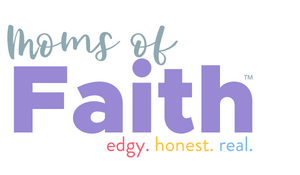Reusable Cloth Menstrual Pads
Imagine how much money you could save each month/year if you used reusable cloth menstrual pads. This thought might illicit an “Eww!”, but if you’re looking for ways to be frugal and eco-friendly this is a good option to consider.
Disposable pads and tampons are made from synthetic materials which mean there is nothing natural about them. In some women, they can cause yeast infections, irritation, and redness. If you use tampons, there’s a possible risk of getting toxic shock syndrome (TSS). It’s something we don’t need to deal with on top of what’s happening during that time of the month.
If you’re more of a tampon user, here are a couple of alternatives you can try and will save you money in the long run. One is called the Diva Cup and it’s made from silicone; it’s latex-free, plastic-free and BPA-free. The other is sea sponges that will last up to six months.
You can make your own reusable cloth menstrual pads because they can last five years or more and that’s a huge savings. You can find some easy tutorials online.
The materials you can use can be found in your home or you can go to your discount fabric store and find some pretty fabrics.
You can use organic or non-organic:
Cotton flannel
Cotton fleece
Cotton terry
Microfleece
Hemp fleece
Hemp
Avoid buying bleached fabrics.
You can also use:
Old sweatshirt
Old bedspread
Old t-shirt
Underwear
Nylon, polyurethane laminate (PUL), or use a waterproof crib quilt as a moisture barrier to prevent leakage. It’s not necessary, but it’s optional if you want to feel more secure.
Snap buttons or flat buttons
Advantages of using reusable cloth menstrual pads:
*Saves money
*Environmentally friendly
*Natural
*Comfortable
*More absorbent
*Lasts for years
Disadvantages of using reusable cloth menstrual pads:
*The pads may shift
*Takes more time to launder them
*Non-disposable or inconvenient when you’re away from home
They aren’t difficult to care for either. A pre-soak in cold water first, then machine wash and hang dry is all that’s needed. After you make your own, wash them before using because that increases the absorbency.
It’s certainly not a choice for every woman, but if you’re looking for ways to reduce the landfills, improve your environment and be a health-conscious women then you’re on the right path.
Copyright © Moms of Faith, All Rights Reserved
